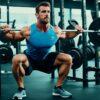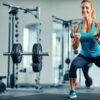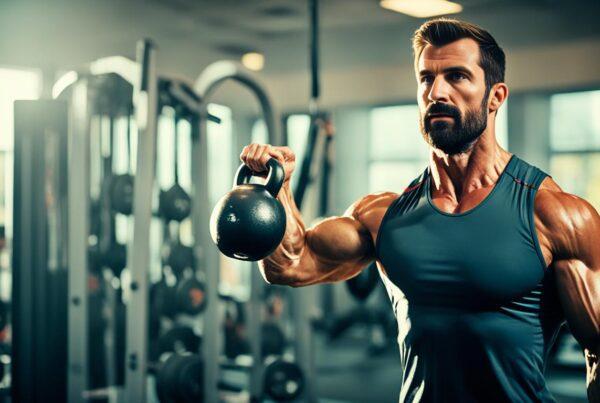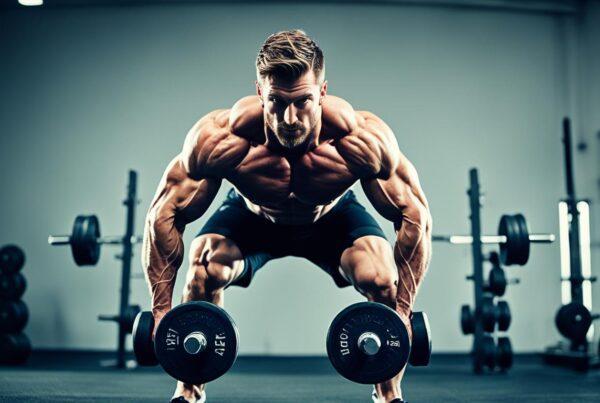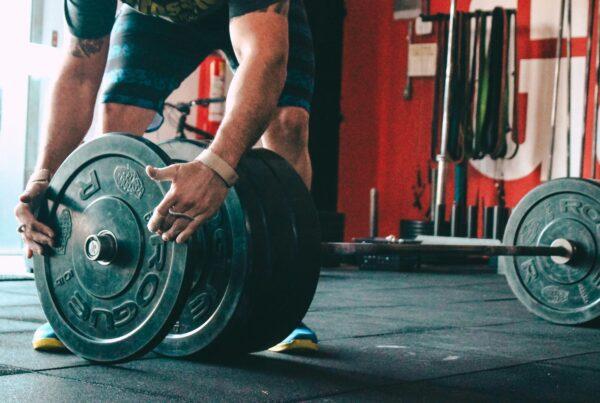Embarking on the journey of adaptive bodybuilding , or simply wheelchair bodybuilding , you’ll find that your resolve and courage take center stage. This transformative discipline showcases the sheer determination of individuals within the disability fitness community, proving that strength training for wheelchair users is not only possible but can yield inspiring results.
Your drive and the right workout modifications have the power to redefine personal limits, presenting an empowering pathway for overcoming challenges associated with a disability. This guide embodies the spirit of disability awareness, providing you with insights and inspiration to pursue your fitness goals, while championing the incredible tenacity found within the adaptive bodybuilding world.
Key Takeaways
- Discover how adaptive bodybuilding is changing the narrative on disability fitness.
- Learn about effective strength training techniques tailored for wheelchair users.
- Understand the value of personalized workout modifications to enhance your training.
- Examine the ways adaptive athletes are overcoming challenges and fostering resilience.
- Gain insight into the community-driven path towards greater disability awareness and inclusion.
Fueling Your Journey: Nutrition and Diet for Wheelchair Bodybuilders
As a committed wheelchair bodybuilder, understanding the intricacies of proper nutrition is akin to having the right set of tools for a job. It’s not just about building muscle mass but ensuring your body is adequately fueled to handle intense training sessions and recover properly. With thoughtful planning, your nutrition plans can be tailored to efficiently work for your unique muscle groups and bodybuilding goals.
While the fundamentals of bodybuilding nutrition are universal, as a wheelchair user, you may require specific adjustments to caloric intake or macro distribution to accommodate your lifestyle. Let’s delve into the key components of proper nutrition for wheelchair bodybuilders.
The Role of Protein in Muscle Development
Protein is the cornerstone of muscle recovery and growth, making it a vital nutrient in any bodybuilder’s diet. For muscle groups that are rigorously trained, the body relies heavily on protein synthesis to repair and build new muscle. Incorporating a variety of protein sources, including lean meats, fish, eggs, and plant-based proteins, ensures a robust amino acid profile necessary for optimal muscle development.
Energy Management: Carbs and Fats for Sustained Workouts
Carbohydrates and fats both serve crucial roles in your bodybuilding journey. Carbs are your body’s primary energy source during high-intensity workouts. Opt for whole grains, fruits, and vegetables to get a sustained release of energy, along with essential nutrients and fiber. Fats, particularly unsaturated fats, are key for energy management and supporting overall health. They should be consumed in moderation, focusing on sources like avocados, nuts, and seeds.
Working with Dietitians to Craft Your Bodybuilding Meal Plan
To ensure proper nutrition, collaborating with registered dietitians is a smart strategy. These professionals can help you create personalized nutrition plans that align with your body’s needs and your bodybuilding aspirations. They’ll consider your daily energy expenditure, muscle mass goals, and any unique requirements that come with wheelchair bodybuilding to develop a plan that’s right for you.
Remember, what you fuel your body with is just as important as how you train your muscles. With diligent planning and a focus on whole grains, lean meats, and plant-based proteins, you’re setting the stage for success in wheelchair bodybuilding. Embark on your journey with confidence, knowing that proper nutrition is the dependable partner to your physical endeavors.
Integrating Cardiovascular Fitness into Muscle Building
Building muscle is just one part of a complete fitness routine, especially for wheelchair bodybuilders who benefit from the added cardiovascular health and endurance that comes with aerobic activity. To truly optimize your performance and health, integrating adaptive cardio exercises into your regime is not just beneficial; it’s essential.
Adaptive Cardio Exercises: From Hand Cycling to Wheelchair Basketball
Adaptive sports offer a fun and effective way to get your heart pumping. Activities like hand cycling, rowing, and wheelchair basketball have been tailored to meet the needs of athletes in wheelchairs, ensuring everyone can participate in heart-healthy, enjoyable cardio workouts. Here’s how they compare:
| Exercise | Aerobic Intensity | Equipment Needed | Enjoyment Factor |
|---|---|---|---|
| Hand Cycling | Moderate to High | Handcycle | High |
| Rowing | Low to Moderate | Adaptive Rowing Machine | Moderate to High |
| Wheelchair Basketball | High | Sports Wheelchair | Very High |
Listening to Your Body: Balancing Intensity in Cardio Workouts
When it comes to working out, listening to your body is more than a mere suggestion; it’s a mandatory practice. Particularly in cardio workouts, it’s vital to monitor how your body feels and responds. Adjusting the intensity of your workouts accordingly can help you avoid overtraining and injury, making sure you’re always moving in the right direction towards your goals. Here are some steps to follow to ensure you’re in tune with your body’s needs:
- Start with a warm-up to prepare your body for the exercise.
- Gradually increase your workout intensity as your body acclimates.
- Pay attention to how your muscles and joints feel during and after exercise.
- Adjust your sessions if you notice any discomfort or excessive fatigue.
- Consider professional guidance to safely incorporate cardio in your wheelchair bodybuilding routine.
By combining adaptive cardio with your strength training, you’re not just building muscle; you’re elevating your entire wellbeing. So, make sure you’re incorporating cardio in your wheelchair bodybuilding routine and enjoy the full spectrum of fitness benefits it brings.
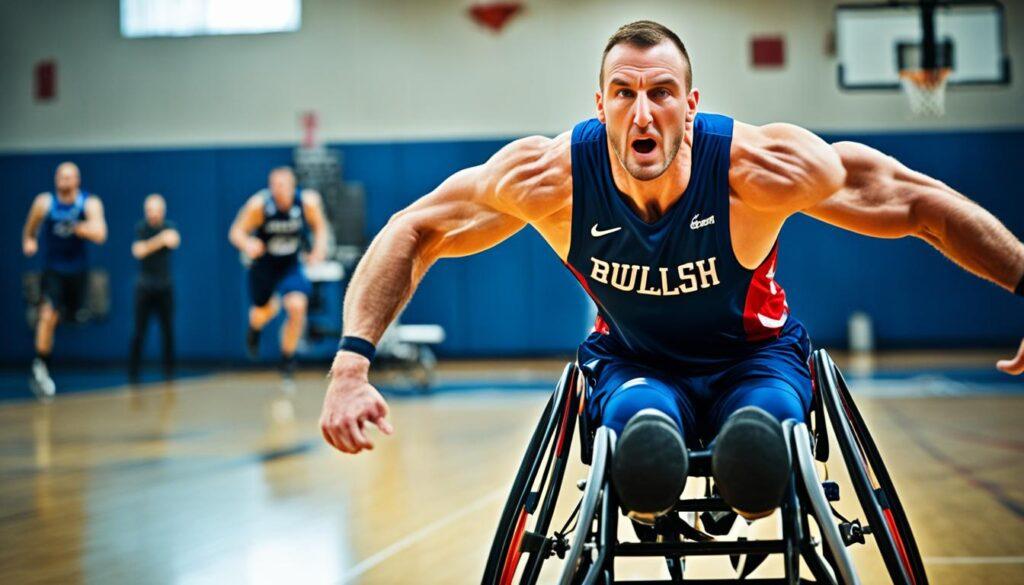
Mastering Resistance Training: Techniques and Safety
Embarking on the journey of resistance training for wheelchair bodybuilders involves more than just strength; it embodies technique, safety, and the use of adaptive equipment. Let’s explore the beneficial techniques and safety tips that you should adhere to for a successful and injury-free bodybuilding experience.
Bodybuilding Techniques are the cornerstone of any effective resistance training regimen. Exercises like bench presses, lat pulldowns, and seated shoulder presses have been adapted for individuals who use wheelchairs, ensuring that you can target all the crucial muscle groups. To engage in these exercises safely:
- Start with lighter weights to perfect your form.
- Gradually increase weight to prevent muscle strain.
- Focus on a full range of motion to maximize muscle engagement.
Adaptive equipment is pivotal in tailoring workouts to meet your needs effectively. Items such as grip gloves, cuff weights, and anchored resistance bands offer versatility and the ability to fine-tune each exercise to your body’s capabilities.
| Equipment Type | Benefit | Suggested Exercise |
|---|---|---|
| Resistance Bands | Adjustable tension for progressive training | Seated Rows |
| Free Weights | Help improve muscle balance and core strength | Dumbbell Shoulder Press |
| Grip Gloves | Enhanced stability and grip strength | Lat Pulldowns |
Providing yourself with safety tips and a well-thought-out training plan can make all the difference in your development. Remember to:
- Ensure your wheelchair is securely locked in place during workouts.
- Never sacrifice form for heavier weights; good technique trumps all.
- Keep a clear space around your workout area to avoid any hazards.
Finally, working with a trained professional cannot be overstated. These experts can provide critical guidance on proper resistance training techniques and safety tips, ensuring that you optimize your workout and safeguard your health. As you continue to build your strength and prowess, remember that patience and consistency are your true allies in mastering resistance training.
Wheelchair Bodybuilding: Overcoming Barriers and Finding Inspiration
In your journey through wheelchair bodybuilding, not only will you encounter physical barriers, but you’ll also find profound sources of inspiration. As you push against your own limits, remember that overcoming challenges with adaptive training techniques is an integral part of the process. Your dedication can translate into dramatic gains, both in muscle strength and personal fulfillment.
Adaptive Training Strategies for Maximized Gains
Mastering the art of wheelchair bodybuilding requires innovative and adaptive training strategies. Tailoring workouts to meet your needs is essential for maximizing muscle gains. Personal trainers with experience in adaptive fitness can guide you in developing routines that work around barriers and enhance your strengths. Utilizing accessible gyms with specialized equipment can further allow you to finesse your techniques and grow stronger every day.
Spotlight on Success: Stories of Transformation and Triumph
Behind every flexed muscle and each competition win are the stories of inspirational athletes who have transformed their bodies and lives through wheelchair bodybuilding. Witnessing the success of individuals like Nick Scott and Harold Kelley, and learning about their paths to triumph, serves as a powerful motivator. Their stories underline the spirit of the sport—where the focus lies not just on physical transformation, but also on surmounting life’s adversities.
Community Support and Role Models: The Importance of Connections
You aren’t alone in this pursuit, thanks to the vibrant online communities and local networks of wheelchair bodybuilders. Whether you’re a seasoned athlete or new to the sport, the support from like-minded individuals can be invaluable. Within these communities, you can share personal experiences, celebrate each other’s victories, and even discuss competition categories. These connections not only foster a sense of camaraderie but also serve as a reminder of the shared commitment to rising above physical limitations.
The Expanding Universe of Adaptive Fitness: Trends and Future Prospects
The momentum of the adaptive fitness movement is undeniable, with the future of WCBB painting a landscape brimful of opportunities and advancements. As the niche transforms into a more prevalent force across the globe, adaptive fitness trends are setting the stage for a more inclusive and dynamic sporting environment. The commitment to fostering empowerment through strength is not merely a motivational slogan; it’s quickly becoming the ethos that encapsulates the evolution of fitness for individuals navigating life on wheels.
 Empowerment through Strength: The Impact of Wheelchair Bodybuilding on Identity
Empowerment through Strength: The Impact of Wheelchair Bodybuilding on Identity
Your identity is interwoven with your passions and triumphs—your strength is not only manifested in the physical but reverberates through the very core of who you are. Wheelchair bodybuilding (WCBB) exemplifies this principle, demonstrating to athletes everywhere that their capacity to pursue empowerment and growth knows no bounds. It’s a celebration of spirit and fortitude that echoes across the community.
Let’s dive into the tangible strides occurring within the adaptive fitness trends: the events, the mentorship, and the shifts towards broader acceptance and encouragement that are becoming ever-present in the WCBB space. These changes are not distant aspirations. They are here, developing in real-time, influencing lives, and encouraging a fusion between fitness and identity among wheelchair users.
As we look to the future, the WCBB does not just represent a sport—it’s a transformative journey paving the way for profound personal and societal shifts.
| Year | Trend | Impact on WCBB |
|---|---|---|
| 2021 | Virtual Competitions | Increased accessibility and participation |
| 2022 | Adaptive Equipment Innovation | Enhanced training and performance capabilities |
| 2023 | Global WCBB Events & Coverage | Greater visibility and empowerment for athletes |
These glimpses of the future extrapolate the growing influence of empowerment and the reshaping of WCBB. With each lift, each competition, and each story shared, there is new ground gained in both the scope of fitness endeavors and the personal narratives intertwined with them. You are part of this narrative—a force propelling the sector forward, an inspiration within a community that thrives on collective strength and individual victories.
Conclusion
Throughout our exploration of wheelchair bodybuilding, we’ve discovered an invigorating sport that defies conventional limits, spotlighting how integral physical fitness is to personal growth and social empowerment. Wheelchair bodybuilding matters far beyond the confines of gym walls; it’s where barriers dissolve and strength is redefined. As you engage with workout routines and strive for greater heights, remember that each lift, rep, and set carves a path towards deeper self-realization and robust health—a testament to the unyielding human spirit.
Why Wheelchair Bodybuilding Matters?
Embarking on a wheelchair bodybuilding journey ushers in more than just physical changes. It molds your mindset, nurturing resilience and a sense of achievement that shines brightly within the community. Your dedication paves the way for greater social inclusion and acceptance, propelling a movement that embraces diversity and the breaking of stereotypes. It’s not just about personal records; it’s about the ripple effect your triumphs have on society, inspiring those around you to redefine the possible.
The significance of wheelchair bodybuilding echoes in every area of life—championing wellness, nurturing societal bonds, and fostering an environment where every individual has the opportunity to excel. By embarking on this path, you open doors to a more inclusive world, where disability is not an obstacle but a unique aspect of the human experience that enriches the tapestry of our communities. Your journey enhances our collective understanding and celebrates the vibrant potential within us all.

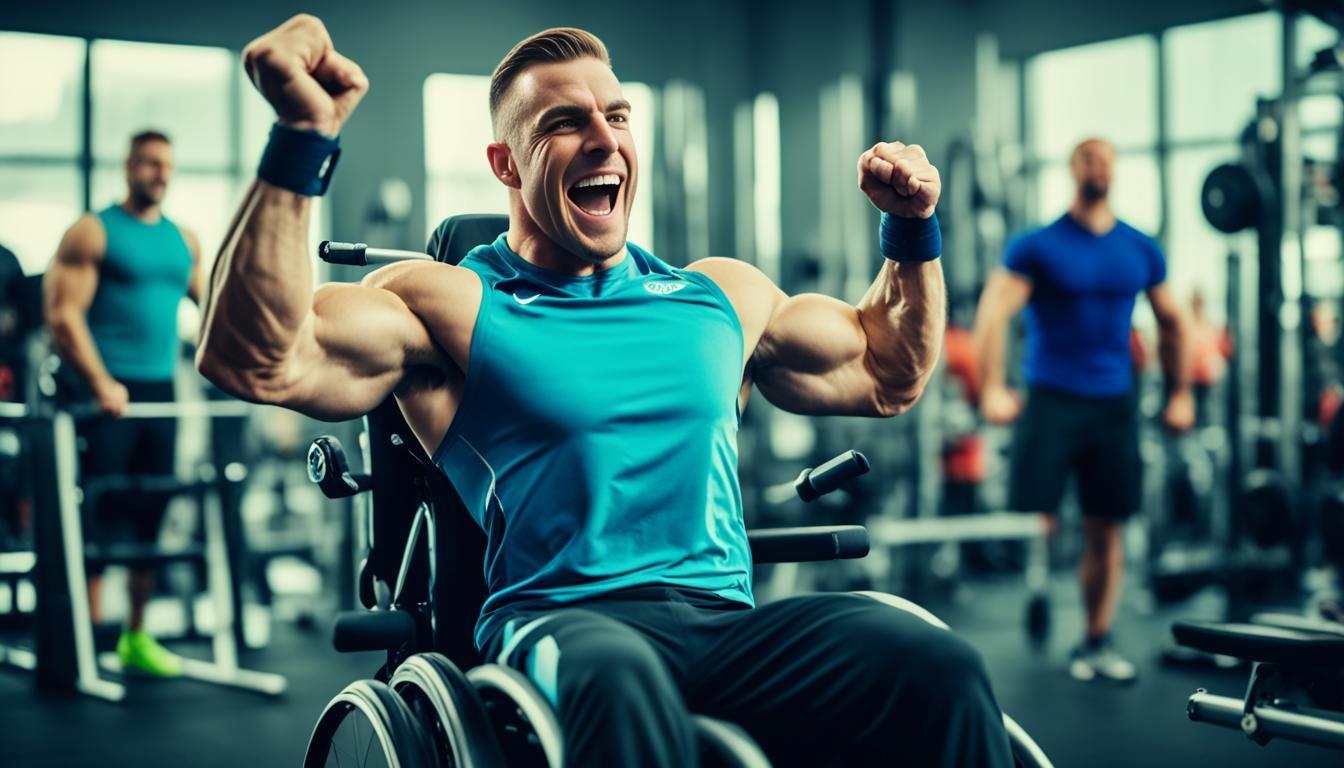
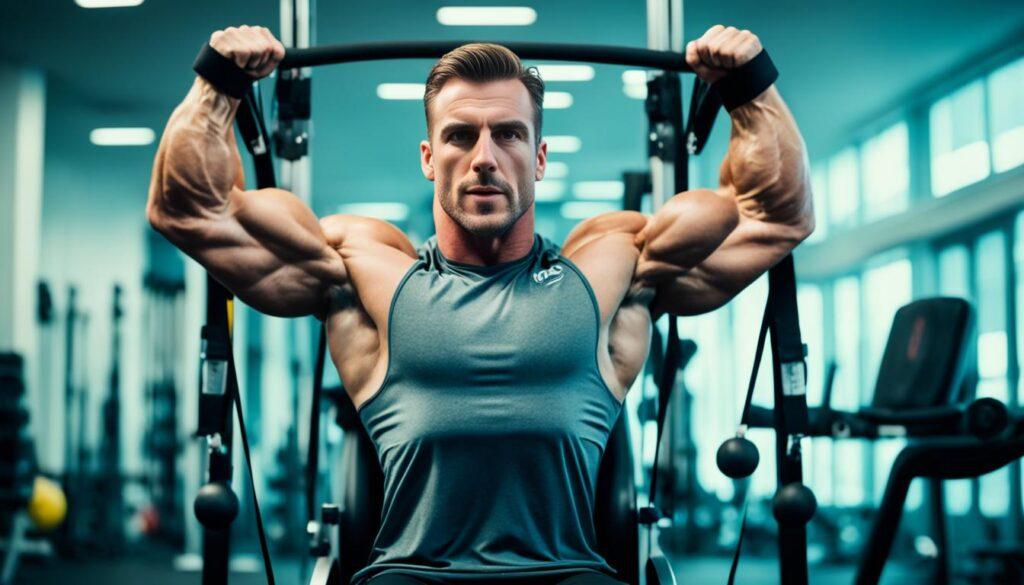 Empowerment through Strength: The Impact of Wheelchair Bodybuilding on Identity
Empowerment through Strength: The Impact of Wheelchair Bodybuilding on Identity

